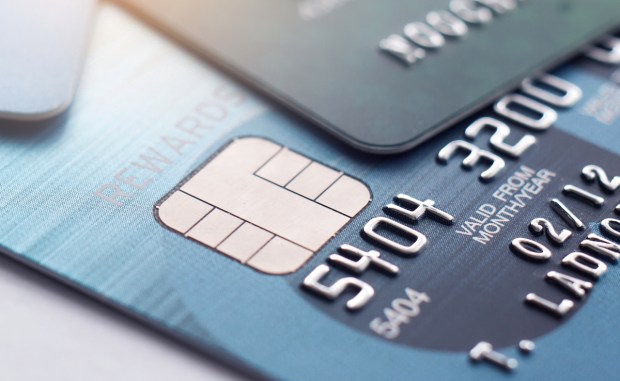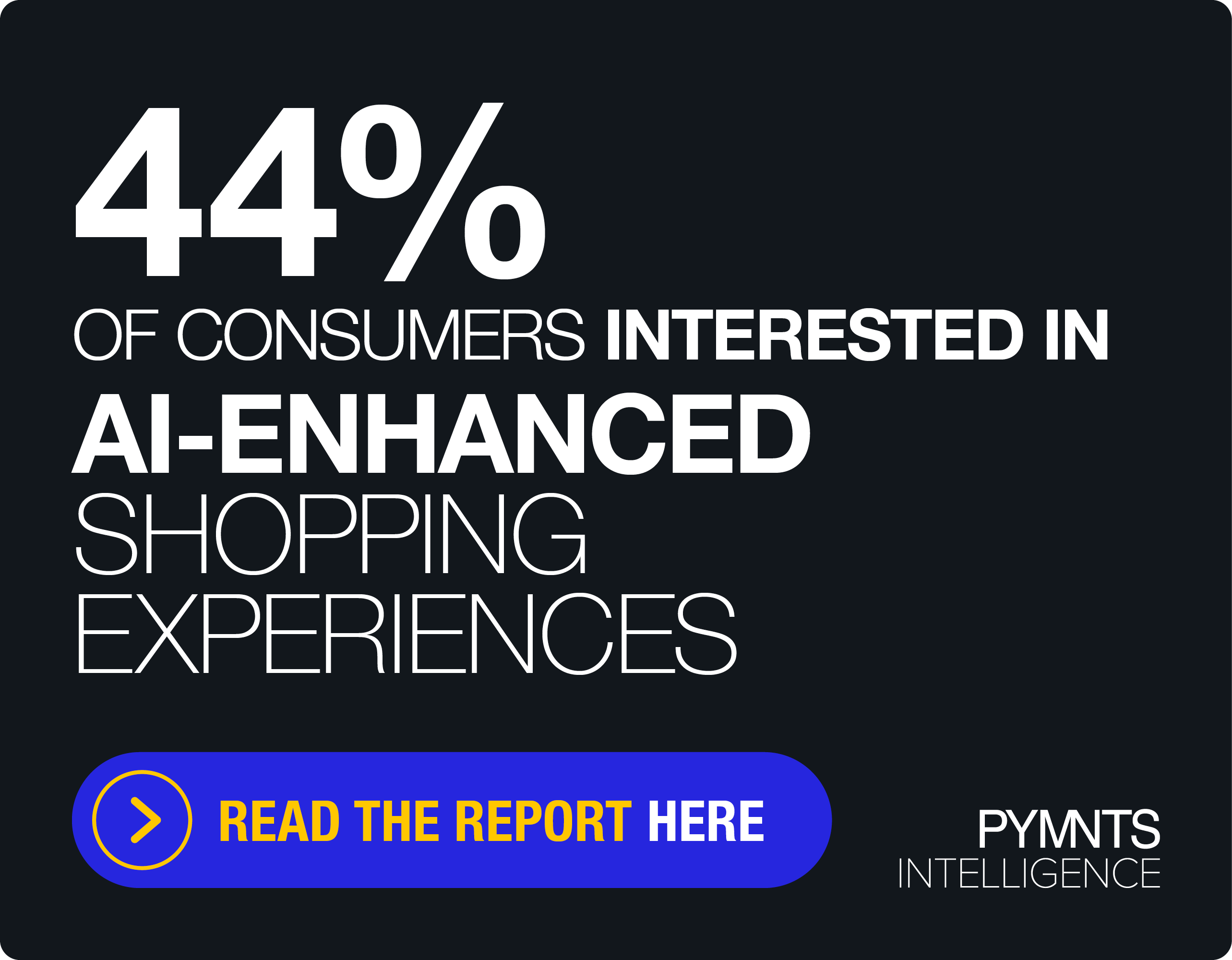Fed’s Data Hints at Slowing Embrace of Revolving Debt

Is there a literal slowdown in the cards?
The Federal Reserve’s latest report on consumer credit data showed that overall, households took on $1.5 billion more in debt in December, a marked slowdown from the $23.4 billion gain that was seen in November.
The slowdown means that the annualized pace of growth in debt loads slipped to 0.4% at the end of the year, down from the 5.7% pace in the previous month.
When it comes to revolving credit, which is the category that includes credit cards, December’s reading indicated a 1% annualized growth rate. November’s rate was more than 16%, which indicated a loading up on debt into the holidays.
At the same time, non-revolving debt growth also slowed, to 0.2% in December, down from more than 1.8% in November.
The read-across is that the appetite, or maybe even the ability, to take on more debt (in pretty much all of its forms) is waning.
The Ripple Effects
That can mean a few things. The pace of spending will be tempered, as consumers grapple with the burdens of the debt that is already on the books. The interest rates on credit card debt reported by the Fed were most recently at more than 21%, above the 15% level seen in 2019.
In the meantime, separate economic data released earlier this year showed that the personal saving rate — personal saving as a percentage of disposable personal income — was 4% in the fourth quarter, compared with 4.2% in the third quarter.
The slowdown in what we might term the “debt embrace” comes as PYMNTS Intelligence found that consumers are remaining “strategic” about where they are spending money. Consumer retail spending rose nearly 7% year over year in December, as 51% of shoppers said they switched to different merchants to save money. Eighty-two percent of consumers surveyed at the beginning of January said their wages were not keeping pace with inflation.
Separately, PYMNTS Intelligence found that 23% of U.S. consumers are experiencing debt-related financial distress. Just 23% of credit holders expected lower rates in the coming year. In contrast, 42% of credit users expected the interest rates for their loans to increase in 2024.
Consumers who live paycheck to paycheck reported concerns about interest rates remaining stubbornly high or increasing. Only 38% of consumers said they expect that their wages will increase on a “real” basis after being adjusted for inflation. Eighty-three percent of consumers said they are at least “somewhat concerned about current and near-future economic conditions.”
December’s “credit slowdown” that showed up in the most recent central banking data may prove to be more of a trend than a one-off event.

